-
Notifications
You must be signed in to change notification settings - Fork 0
Technology Stack 📚
Table Of Contents
- Spring Cloud
- Spring Boot
- Spring Data
- Spring for Apache Kafka
- Spring HATEOAS
- Hibernate
- Redis
- PostgreSQL
- MongoDB
- Oracle SQL Developer Data Modeler
- Apache Kafka
- HashiCorp Consul
- Flyway
- JUnit 5
- Mockito
- Docker
- Docker Compose
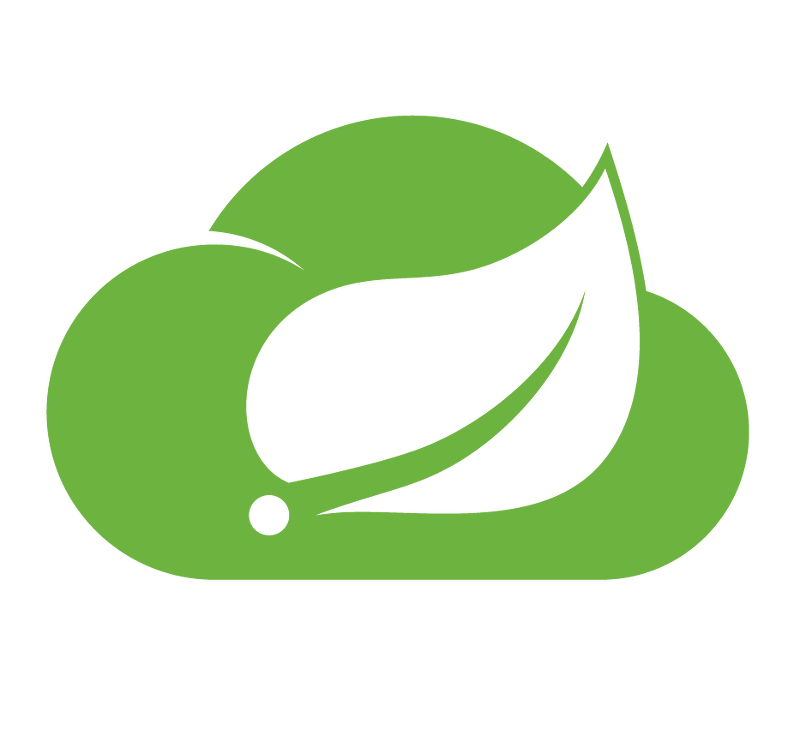
"Spring Cloud allows developers to implement things such as distributed configuration, service registration, load balancing, the circuit breaker pattern, and more. It provides these tools to implement many common patterns in distributed systems." [1]
"Spring Cloud Gateway provides a library for building API gateways on top of Spring and Java. It provides a flexible way of routing requests based on a number of criteria, as well as focuses on cross-cutting concerns such as security, resiliency, and monitoring." [2] [3]
"Spring Cloud Consul provides Consul integrations for Spring Boot apps through autoconfiguration and binding to the Spring Environment and other Spring programming model idioms. With a few simple annotations you can quickly enable and configure the common patterns inside your application and build large distributed systems with Hashicorp’s Consul." [4]
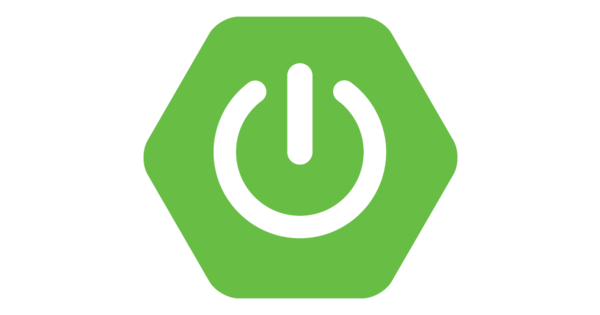
"Java Spring Framework (Spring Framework) is a popular, open source, enterprise-level framework for creating standalone, production-grade applications that run on the Java Virtual Machine (JVM).
Java Spring Boot (Spring Boot) is a tool that makes developing web application and microservices with Spring Framework faster and easier through three core capabilities:
1. Autoconfiguration
2. An opinionated approach to configuration
3. The ability to create standalone applications
These features work together to provide you with a tool that allows you to set up a Spring-based application with minimal configuration and setup." [5] [6].

"Spring Data’s mission is to provide a familiar and consistent, Spring-based programming model for data access while still retaining the special traits of the underlying data store."
"It makes it easy to use data access technologies, relational and non-relational databases, map-reduce frameworks, and cloud-based data services. This is an umbrella project which contains many subprojects that are specific to a given database. The projects are developed by working together with many of the companies and developers that are behind these exciting technologies." [7]
"Spring Data Redis, part of the larger Spring Data family, provides easy configuration and access to Redis from Spring applications. It offers both low-level and high-level abstractions for interacting with the store, freeing the user from infrastructural concerns." [8]
"Spring Data for MongoDB is part of the umbrella Spring Data project which aims to provide a familiar and consistent Spring-based programming model for new datastores while retaining store-specific features and capabilities." [9]
"Spring Data JPA, part of the larger Spring Data family, makes it easy to easily implement JPA based repositories. This module deals with enhanced support for JPA based data access layers. It makes it easier to build Spring-powered applications that use data access technologies." [10]
"The Spring for Apache Kafka (spring-kafka) project applies core Spring concepts to the development of Kafka-based messaging solutions. It provides a "template" as a high-level abstraction for sending messages. It also provides support for Message-driven POJOs with @KafkaListener annotations and a "listener container". These libraries promote the use of dependency injection and declarative. In all of these cases, you will see similarities to the JMS support in the Spring Framework and RabbitMQ support in Spring AMQP." [11]
"Spring HATEOAS provides some APIs to ease creating REST representations that follow the HATEOAS principle when working with Spring and especially Spring MVC. The core problem it tries to address is link creation and representation assembly." [12]
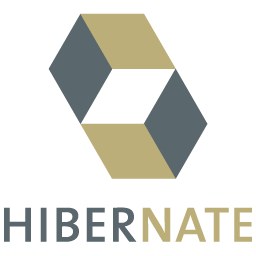
"Hibernate ORM enables developers to more easily write applications whose data outlives the application process. As an Object/Relational Mapping (ORM) framework, Hibernate is concerned with data persistence as it applies to relational databases" [4]
"In addition to its own "native" API, Hibernate is also an implementation of the Java Persistence API (JPA) specification. As such, it can be easily used in any environment supporting JPA including Java SE applications, Java EE application servers, Enterprise OSGi containers, etc." [4]

"Redis is an open source (BSD licensed), in-memory data structure store used as a database, cache, message broker, and streaming engine. Redis provides data structures such as strings, hashes, lists, sets, sorted sets with range queries, bitmaps, hyperloglogs, geospatial indexes, and streams. Redis has built-in replication, Lua scripting, LRU eviction, transactions, and different levels of on-disk persistence, and provides high availability via Redis Sentinel and automatic partitioning with Redis Cluster." [13]
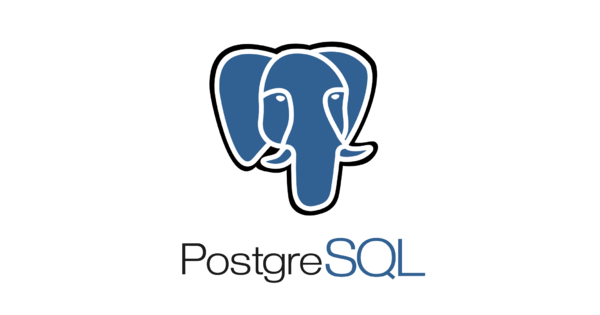
PostgreSQL[14] [15] is a powerful, open source object-relational database system. It is fully ACID compliant, has full support for foreign keys, joins, views, triggers, and stored procedures (in multiple languages). It includes most SQL:2008 data types, including INTEGER, NUMERIC, BOOLEAN, CHAR, VARCHAR, DATE, INTERVAL, and TIMESTAMP. It also supports storage of binary large objects, including pictures, sounds, or video. It has native programming interfaces for C, C++, Java, .Net, Perl, Python, Ruby, Tcl, ODBC, among others, and exceptional documentation.

"MongoDB is a source-available cross-platform document-oriented database program. Classified as a NoSQL database program, MongoDB uses JSON-like documents with optional schemas." [16]
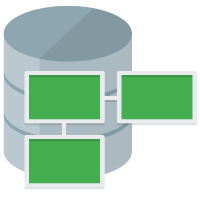
"Oracle SQL Developer Data Modeler is a free graphical tool that enhances productivity and simplifies data modeling tasks. Using Oracle SQL Developer Data Modeler users can create, browse and edit, logical, relational, physical, multi-dimensional, and data type models. The Data Modeler provides forward and reverse engineering capabilities and supports collaborative development through integrated source code control. The Data Modeler can be used in both traditional and in Cloud environments" [17]

"Apache Kafka is an open-source distributed event streaming platform used by thousands of companies for high-performance data pipelines, streaming analytics, data integration, and mission-critical applications." [18]

"Consul is a service mesh solution providing a full featured control plane with service discovery, configuration, and segmentation functionality. Each of these features can be used individually as needed, or they can be used together to build a full service mesh." [19]

"Flyway is an open-source database migration tool. It strongly favors simplicity and convention over configuration." [20]

"JUnit 5 is the next generation of JUnit. The goal is to create an up-to-date foundation for developer-side testing on the JVM. This includes focusing on Java 8 and above, as well as enabling many different styles of testing." [21]
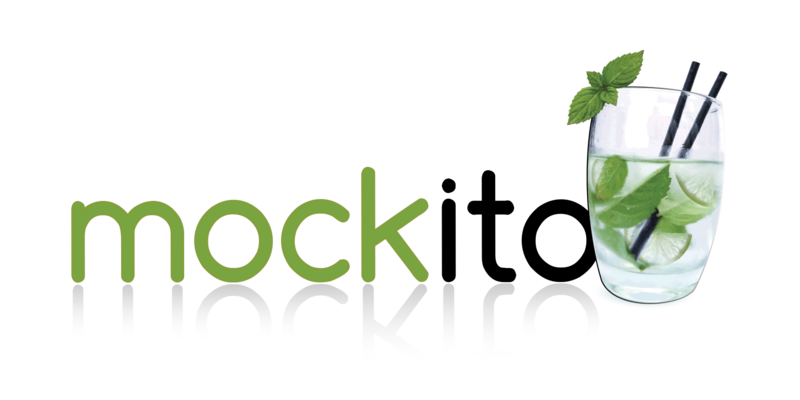
"Mockito is a mocking framework that tastes really good. It lets you write beautiful tests with a clean & simple API. Mockito doesn’t give you hangover because the tests are very readable and they produce clean verification errors." [22]

"Docker is an open source containerization platform. It enables developers to package applications into containers standardized executable components combining application source code with the operating system (OS) libraries and dependencies required to run that code in any environment." [23]

"Compose is a tool for defining and running multi-container Docker applications. With Compose, you use a YAML file to configure your application’s services. Then, with a single command, you create and start all the services from your configuration." [24]
"A time for everything, and to everything its place
Return what has been moved through time and space."
[Charmed]